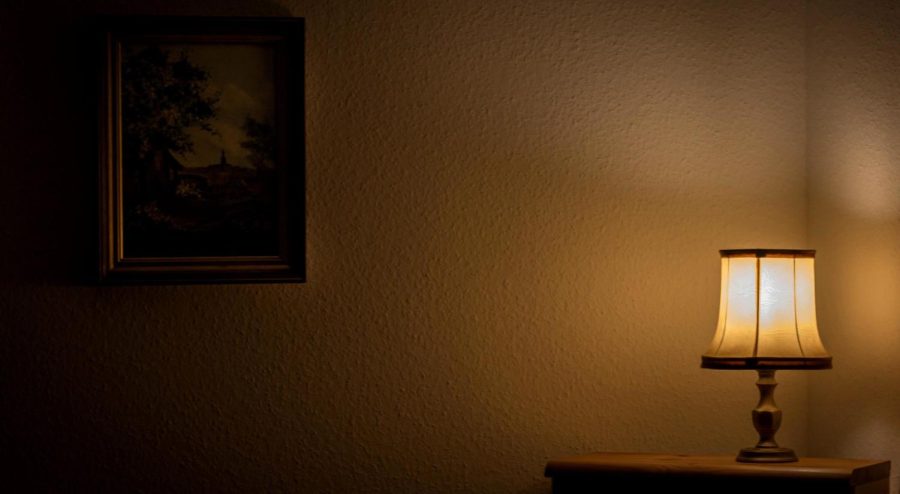How Different Lighting in a Room Affects Your Body and Your Mood
How lighting affects you
Do you ever notice how you feel awake and energized when going outside and being in the sunlight, but find it difficult to fall asleep when the lights in your room are on? Light and its intensity play a large role in our lives, whether it’s artificial or natural light. Some studies have shown that the intensity of light can affect how emotional we are, and adjusting the level of intensity, can help us moderate and regulate our moods. The intensity of light can also affect other things in our lives. For example, fluorescent lighting is a popular but not very good choice for workplaces, as it can cause eye strain and also leads to migraines. It is also difficult to focus on fluorescent lighting. That’s why using LED lighting can be a better option, as it also illuminates a room enough to be able to perform tasks, but isn’t as intense as fluorescent lighting.
As mentioned earlier, people often find it difficult to sleep with the lights on. This is because light can affect our circadian rhythms. Our circadian rhythms are the reason that we find it easier to fall asleep in a dark room, as it is how our body changes in a cycle of 24 hours. Along with humans, plants also have a circadian rhythm, as they also react to light. Light affects how we visually see and perceive things, and even has a role in how we see colors! So while it’s useful to have a light on while trying to find or look at something, perhaps turn the lights off when you’re about to go to bed. While modern lighting as we know it may seem great, it causes a bit of confusion within our bodies due to how we’ve evolved. We have lived for thousands of years relating light and daytime as the time to be awake, and darkness and the night to be the time we go to sleep. However, now that we can have the lights on at even 3 in the morning, it can easily disrupt our circadian rhythms.
In addition to sleep, focus and how we perceive things, the lighting in a room also affects other aspects of our lives. Our circadian rhythm also can be connected to our mood, digestion, ability to regulate and control body temperature, and cell renewal. Good amounts of lighting can improve your mood and energy levels, while dimmer lighting can contribute to depression and cause your body to lack other things. Our appetite, ability to concentrate and other factors that affect our daily lives can be impacted by how good our lighting is.
So what types of lighting should we use? Well, it has been shown that different types of lighting can have different positive or negative effects. Natural light has been shown to improve your mood, creativity, and ability to process and understand things. Warm lighting can create a cozy environment where people tend to be social, while cool lighting can create an environment meant more for concentration and focus. It has been shown that you can somewhat recreate natural lighting in your home by using cooler lighting in your ceiling lights and warmer lighting below from lamps set on tables or floor lamps.
But the brightness and intensity of light isn’t the only thing that affects you, the color of it does too. We often see white, off-white, or off-yellow lighting being used, but it’s also possible to see other colors of light in a room. There is a treatment called chromotherapy, also called color therapy, that uses light and colors to treat conditions. It is believed that different colors evoke different emotions and feelings. For example, blue often relaxes people and makes them feel calm, while green light is thought to give people strength as it stimulates growth hormones in the body and can strengthen other parts of your body. Colored lighting can also create a certain atmosphere within rooms or homes.
To sum up, the intensity and color of the lighting in your home or environment have many effects on you and your body. From your circadian rhythm to mood and emotions, all of these things are affected by what we use to illuminate and see things.
RELATED STORIES:
- https://illuminated-integration.com/blog/how-lighting-affects-mood/#:~:text=Researchers%20believe%20that%20lighting%20levels,both%20positive%20and%20negative%20emotions.
- https://www.tcpi.com/psychological-impact-light-color/
- https://www.archdaily.com/922506/how-lighting-affects-mood
- https://www.psychologytoday.com/us/blog/people-places-and-things/202106/how-lighting-choices-can-affect-your-mood
- https://www.dmlights.com/blog/effect-coloured-light-on-human-body/
TAKE ACTION:















